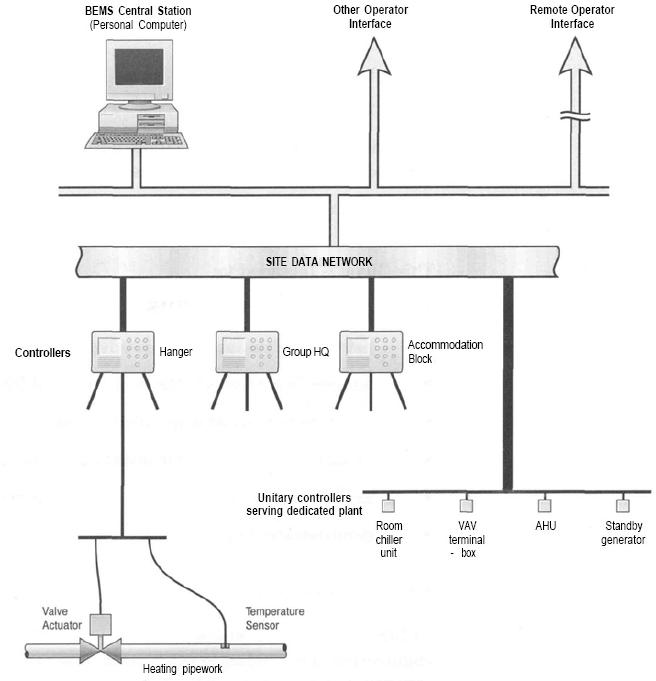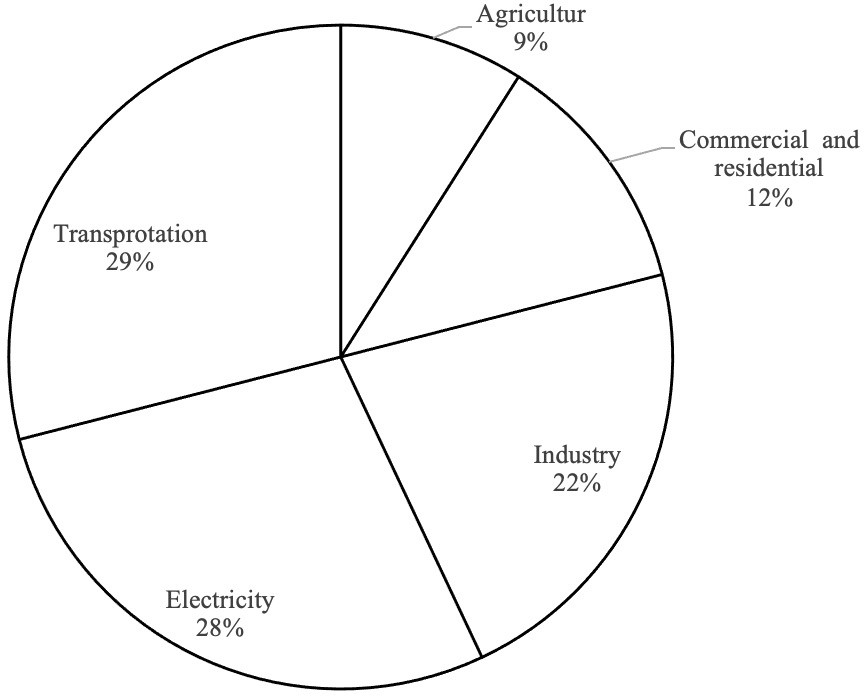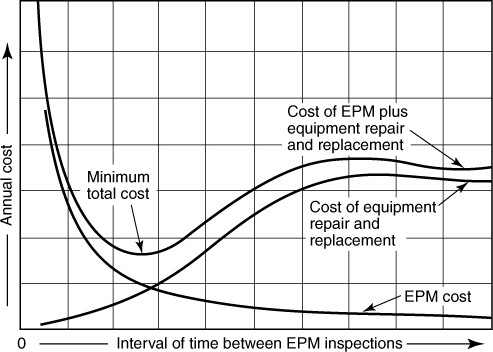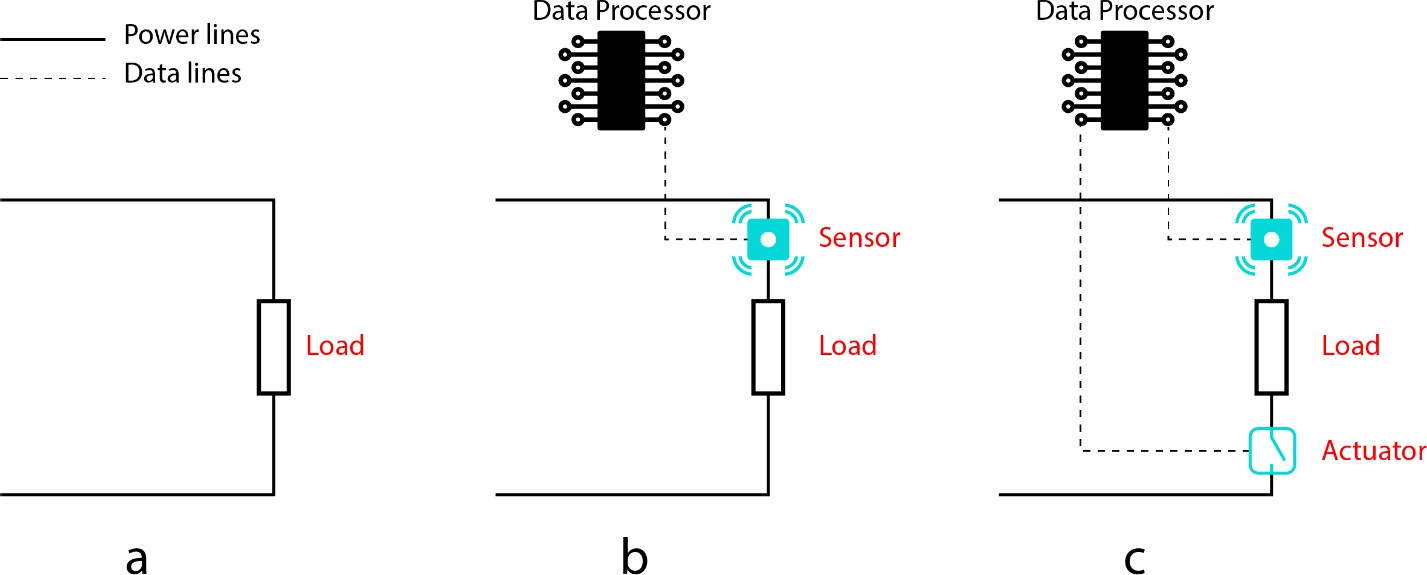
Zaid Mahmoud, Hamza Ibrahim, Osama Turki, Rizaq Abu Al-Hommus
Research and Development Department
Amman Dynamics Corporation for Smart Applications Amman, Jordan
Abstract #
Electricity systems are the most crucial systems in our everyday life. Many researches has been made recently for developing new methods for energy conservation, and this has arisen more interest in optimizing this sector. Thus, our paper discusses the implementation of big data methodologies in dealing with power and energy. Big data methods include the extraction, transmission, processing, and analyzing the data from a certain data source. In our case, we suppose that the data sources are electrical components in the electricity systems. However, the use of big data will optimize energy consumption, reduce risks and help decision makers to take the right decisions by monitoring their systems constantly. In this paper we compare between the current situation and the best practice in energy optimization field. We also show how big data approaches reduce the gap between them.
Keywords: Big Data, Optimizing electrical systems, Smart buildings.
Introduction #
Over the past few years energy consumption and optimization formed a huge challenge in the fields of operation and maintenance, while the dependency on electrical power increased for various applications the lack of feedback and information increased the possibility of energy loss. This increase in electrical power demand is seen in the international energy agency findings [1] that in the year 2018 the global energy demand increased by 2.3%, also the same agency shows that electrical energy waste is on the rise as the following quote states “The International Energy Agency also recently released a report estimating the amount of energy wasted by standby products each year to be between 200 and 400 terawatt hours. In comparison, the entire country of Italy consumes 300 terawatt hours of energy each year” [2]. While many applications have been introduced in the past to overcome this issue, the problem is yet to be resolved.
In 2010 a paper titled “Scoping the potential of monitoring and control technologies to reduce energy use in homes” [3] stated that 39% of the residential energy was wasted, such findings are evidence of the urge to come up with a solution to such problem. Another paper titled “Smart building energy management based on network occupancy sensing” [4] introduced a solution to the problem mentioned above using BEMS concept with multiple sensors that gather data, this project concluded with impressive results of reducing the total energy consumption in buildings by 10.22% each day.
Another important aspect regarding this issue that the paper will cover is the importance of big data in optimizing energy consumption, since data collection and feedback can provide decision makers of different levels with enough information to deal with energy consumption in both active and proactive manners that can lead to better efficiency. The challenge of implementing such system is the lack of information which is due to the incapability of extracting data from the existing devices. This challenge introduced the need of having a comprehensive system that can utilize extracting and analyzing big data in optimizing the energy consumption in different applications.
This paper will discuss this problem starting with a brief background regarding energy consumption and energy monitoring including the lack of a comprehensive system that can collect data and control units in buildings, another important note to be discussed in this paper is the best practices and the international standards regarding energy, followed by the proposed solution, challenges of such design are also discussed in this paper.
Background #
Conventional Methods
One of the current solutions for the problem stated in this paper is the BEMS ( Building Energy Management Systems), this system depends on having a high tech sensors located in the infrastructure of the building that are connected to a central control unit responsible for both monitor and control of the appliances in the facility, the IEA (International Energy Association) describe BEMS as “an electrical control and monitoring system that has the ability to control monitoring points and an operator terminal. The system can have attributes from all facets of building control and management functions such as heating, ventilation and air conditioning (HVAC) to lighting, fire alarm system, security, maintenance, and energy management.” The system work flow is illustrated in figure (2.1) below.

Figure 1 BEMS model.
The BEMS does indeed increase the efficiency in energy consumption by monitoring and applying certain actions like controlling HVAC (heating, ventilation and air conditioning) systems and lighting, but it also has a lot of disadvantages such as: Having high initial and operational cost
It needs trained personnel to operate the system.
To achieve the goals of the system, it always needs the attention of the operator. There are many solutions proposed like BEMS and EMS to the problem stated in this paper, but the lack of utilizing the data gathered and the lack of the ability of gathering information from devices is what these systems have in common, this disadvantage along with high initial cost and complicated operation procedure reduce these systems efficiency.
Human behavior using electricity
One of the major causes of the problem discussed previously is the way humans interact with electricity, there are many misconceptions regarding the uses of electricity in the crowd minds such as that devices connected to the grid ( by plugs or otherwise ) do not consume electricity while in the contrary a huge portion of the generated power is wasted each year by these kind of devices and behaviors, in California alone the California Energy Department estimates that charging devices kept plugged in to the grid waste around 60% of the power delivered to it which is equivalent to the amount needed to power 350,000 homes.
Humans are not only the ones to blame for such a waste, the lack of instantaneous feedback and appropriate alarms keep humans unaware of the energy waste around them, this led to huge increase in the electricity bell for unnecessary reasons, in United States power consumed from unused devices costs around $3 billion each year.
Another important aspect is the impact of such waste on the environment, the generation of electricity is one of the major sources for greenhouse gases, as the United States Energy Protection Agency released, in 2017, and electricity generation produced 28% of the total greenhouse emissions being the second source after transportation.

Figure 2 Total U.S. Greenhouse Gas Emissions by economic sector in 2017
If we examine the electricity sector itself and based on the information provided by United States Energy Protection Agency, the residential and commercial sectors form 61% of the total greenhouse emissions produced by electricity generation.

Figure 3 Total U.S. Greenhouse gas Emissions by sector with electricity distributed
It is noted that aiming for a better efficiency in electricity consumption is one of the best solutions regarding the huge waste humans make, this can be seen by one of the recommendations the Energy Protection Agency stated on their website “ Increased End-Use Energy Efficiency through reducing electricity use and peak demand by increasing efficiency and conservation in homes, businesses, and industry, EPA’s ENERGY STAR® partners removed over 290 million metric tons of greenhouse gases in 2017 alone, and helped Americans save over $30 billion in energy costs, approximately 370 billion kWh of electricity.”
Risk factors #
Energy monitoring and controlling does not only increase the efficiency of power consumption, but it also increases the safety of humans in the first place followed by materialistic objects such as machines and facilities.
There are many risks facing electric devices such as power outages and power surges. Power surges can be caused due to the high demand of devices from the shared power supply, this can increase the voltage thus damaging devices, these faults cost resources and time and can be prevented by monitoring the grid and predicting such faults before it happens.
Best Practice #
Energy reduction practices fall into two major categories:
Supply-side management: Replacing conventional energy with clean, renewable energy technologies.
Demand-side management: Using tactics to reduce the need for energy through system-wide energy conservation and to reduce the cost of maintaining such a system.
International Standards #
Interoperability is defined as the capability of two or more networks, systems, devices, applications, or components to share and readily use information securely and effectively with little or no inconvenience to the user.
If there are no standards, systems will lack interoperability. To standardize the systems’ protocols and communication techniques, an Information models should be developed, or use an existing information models such as IEC 61850 used to communicate with MDMS and related enterprise applications. Recently, advanced protocols are required, so a new information model has been published as IEC 61850- 90-7.
Risk management #
Risk management is the identification, evaluation, and prioritization of risks (defined in ISO 31000 as the effect of uncertainty on objectives).

Figure 4 steps of risk management
Once risks have been identified and assessed, all techniques to manage the risk fall into one or more of these four major categories:
Avoidance (eliminate, withdraw from or not become involved). Reduction (optimize – mitigate)
Sharing (transfer – outsource or insure) Retention (accept and budget)
Risk avoidance is not to perform an activity that could hold a risk; meanwhile, Risk reduction is reducing the amount of the loss or the possibility of the loss occurring; Risk sharing could be considered as sharing part of the loss or the gain with another party, from a risk, and the measures to reduce a risk; Risk retention involves accepting the loss, or benefit of gain, from a risk when the incident occurs.
Having a comprehensive big data model that records the parameters of used appliances in a certain facility can be beneficial in predicting future failures, thus, risks could be solved faster and easily contained or planed for.
Preventive maintenance
Preventive maintenance is regular, planned maintenance that is scheduled according to usage or time-based triggers. The cost of preventive maintenance will reduce the cost of breakdown repairs. An effective preventive maintenance program holds the sum of these two expenditures to a minimum.

EPM programs play a key role in energy conservation, saving money and vital resources. Appliances that are well maintained work more efficiently and uses less energy.
Big data as a solution #
According to Oxford’s definition of the term: “big data is extremely large data sets that may be analyzed computationally to reveal patterns, trends, and associations, especially relating to human behavior and interactions” [5]. We can apply this concept by extracting large amount of data from electrical systems by monitoring different system states at different times. Patterns and trends can be extracted from the behavior of users toward power utilization. A great example of such users are people living in their houses, they interact with most of household machines with a certain routine, while each house has its own routine. The most convenient solution is to make the electrical system learn its users’ routine in order to be optimized. For the system to get trained on such a routine it detects a pattern of similar data inputs over time, and this is the concept of big data.
There are many benefits of using big data analysis in power systems in all stages including power generation, distribution, and consumption stages. In this paper we mostly focus on the power consumption stage, because this stage is the most crucial as it influences the decisions needed in the other stages.
Sensors and smart meters are used to extract the data from electricity systems. Sensors may be attached to the existing power lines (fig 4.1.b and fig 4.1.c) communicate data with the central processing system. Fig 4.1.a shows a traditional electrical system while fig 4.1.b shows the data extraction elements, and usually after data is extracted and processed, the system takes a decision to make an action through an actuator as in fig 4.1.c. However, data can be extracted on different levels; district level, building levels, room level, device level, or multiple levels combined together. Real time data extraction from electric power systems can allow the systems to monitor power dissipation, voltage and current levels at real time as well.

Figure 6 Extracting Data from Electrical Systems
The load represented in Fig 4.1 can denote a simple light bulb as well as it can denote a data center on the electricity grid. The implementation of big data extraction are very diverse but they are similar in concept.
Categorizing User Benefits #
The benefits of analyzing the big data which might be extracted out of an electricity system can be divided into 3 categories depending on the level of interaction with the system:
Industries and individuals #
This user group will mostly benefit from interactive systems that integrate big data management by monitoring their electrical activities. From facility managers to normal residents, this will help optimizing their expenses by reducing the unwanted power dissipation, either manually by themselves or automatically by letting the interactive big data system to manage their power dissipation. These systems exploit big data to be used in decision making in order to control electrical appliances by switching them on or off.
Using big data applications in electrical systems, individuals can have full insight about their consumption and their spending rates. In contrary with traditional systems, users can have real time energy monitoring at any time instead of one report monthly.
Governments #
Big data can help governments or their agencies to enhance their electricity distribution grids. The benefit of the big data in this category is the ability to extract reports periodically for the electrical grid load distribution by area, or by generating heat maps that can be beneficial for taking the right decisions. With good availability of data sources, big data management models can generate as much and as little details as needed.
System developers #
Big data system developers are agencies and corporations who work on the implementation of a comprehensive system to monitor and manage power consumption. This class can also use the generated big data in order to modify their own systems. The generated data may include the time stamps of failures happened within the system, time stamps of idle states in the system, or a gap in the data format that needs to be fixed. System developers may use machine learning methods in order to make the system more intelligent and capable of optimizing energy consumption based on user behavior.
Risk Reduction Using Big Data #
As mentioned before, risk management has been standardized and categorized into four categories. The integration of big data within electrical systems can assess in reducing the risk in several categories of risk management.
Security and fraud detection #
Governments can integrate data generating nodes to track the flow of the electricity in the grid. By tracking the flow, they can make sure that the consumed amount is the same as the recorded amount by power meters readings. They can track loopholes in the grid and prevent fraud if there was any.
Power outages #
One of the major risks in electrical systems is power outages. According to the American Meteorological Society, big data provide the ability to predict the outages that may happen in the electricity grid which can help the electricity providers to avoid or reduce the time of the outage [6]. This can also avoid the risk in facilities if the system send alerts to decision makers warning them about a possible outage and its timing.
Big data with machine learning #
Big data extraction is usually associated with machine learning. Since it is very difficult for humans to extract patterns and trends from a very big bulk of data manually, computer scientists tend to use machine learning methods instead. Thus, electrical systems data is a good raw material for machine learning since machine learning can analyze the power signals in the electrical devices and notice any abnormality in these devices. It is expected that machine learning can predict failures within electrical devices before the failure is irreversible. This can be done if the dataset used to feed the machine learning algorithm was good fit for its purpose.
Challenges #
Using the big data models in electricity systems is a convenient solution that reduces the gap between the best practice and the current situation. On the other hand, using big data is still facing several challenge that are going to be mentioned in this section.
Storage #
Big data by its name allocate big memories and servers. The challenge is to maintain this huge information in one place and keep it accessible at all times.
Data structure/format #
Although most of the sensors and devices in electrical systems are interoperable, the lack of a standardized data format for all systems is still a challenge. In some cases an intermediate data conditioning stage has to be developed in order to normalize all the data to fit one data structure.
Data Governing #
As the electricity sector is usually considered a sensitive sector. Researchers and developers of such systems do not have their full freedom to implement their solutions on a very wide range. Data privacy is also a big issue in this industry as it deals with people’s behavior sometimes.
Computational Power #
Computational power is very crucial when dealing with big data applications. If the solution is a real time monitoring system, it needs a huge computational power that must be capable of processing big amount of data.
Information Security
Like any other topic in the ICT field, cyber security is a constantly rising concern. As a solution a solution that uses big data, data must not be exposed to any type of attacks. To secure the huge amount of data, big efforts are needed.
Conclusion #
Energy consumption and optimization is a huge challenge in operation and maintenance, the conventional solution for such a challenge needs a high initial cost, trained personals, and it’s a semi-automatic operation. Using a big data model integrated with a standardized systems would drastically reduce the initial cost and the need of a trained personal, on the other hand it would make such a system more self-dependent and self-developed.
Using such a system in buildings or projects would reduce the running cost, thus reducing the total cost of ownership.
References #
- (n.d.). Global energy demand rose by 2.3% in 2018, its fastest pace in the last decade. Retrieved from https:// www.iea.org/newsroom/news/2019/march/global-energy-demand-rose-by-23-in-2018-its-fastest-pace-in-the-last- decade.html
- (n.d.). WO2013001335A2 – System and method of eliminating wasted energy known as vampire electricity or phantom load loss. Retrieved from https://patents.google.com/patent/WO2013001335A2
- Meyers, R. J., & Williams, E. D. (2009, November 10). Scoping the potential of monitoring and control technologies to reduce energy use in homes. Retrieved from https://www.sciencedirect.com/science/article/pii/S0378778809002758
- Xianing Jin, Guanqun Wang, Yi Song & Chongbo Sun (2018) Smart building energy management based on network occupancy sensing, Journal of International Council on Electrical Engineering, 8:1, 30-36, DOI: 10.1080/22348972.2018.1462608
- lexico. (n.d.). big data: Definition of big data by Lexico. Retrieved from https://www.lexico.com/en/definition/ big_data
- McCarthy, L. and McCarthy, L. (2019). Developing a Power Outage Prediction Model (OPM) for New Hampshire. [online] Ams.confex.com. Available at: https://ams.confex.com/ams/2019Annual/webprogram/Paper356247.html [Accessed 7 Sep. 2019].







